Change sounds and update firmwares on D&H Decoders? This is the device…
Reminder: what is a “programmer”?
A “programmer” is a device, independent from a DCC command station, that allows you to (at least) edit the CVs on decoders. Those usually work connected to a PC (although for example the Zimo Programmer uses a USB stick).
There are 2 main types of programmers:
- “Universal” programmers
Work with most brands, provide similar functionality than the programming track of a command station, with some advantages. One of these is the SPROG II that I reviewed here. - Brand-specific programmers
Those only work with the decoders of the same brand. But they usually provide 2 additional & important functions for advanced DCC users: upgrading decoder firmwares (and functions) and uploading new sounds to sound decoders.
The Doehler & Haass Programmer is a “brand-specific” programmer, that only makes sense if you have decoders from the brand D&H. Another brand-specific programmer that I had reviewed here was the ESU Lokprogrammer (see review here).
Doehler & Haass Programmer overview
The device can be ordered from D&H or more easily from other online stores in Germany for example. It is a rather large device. It requires an external power supply (7-18V AC or 10-25V DC), most model railroaders already have something like this, so this is not a problem.
The device is quite intimidating. Aside from the obvious power input and USB connector, it has many outputs. In comparison, the ESU LokProgrammer only has one track output.
The outputs most people will need are:
- “Gleis” (track) 1 & 2
Used to update decoder firmwares, edit CVs or control trains on a test layout. For some reason there is also a GND connector that shouldn’t be used except for (voltage?) “measurements”. - SUSI outputs
Those 4 outputs are needed to update the sounds in all sound decoders and modules from D&H. As of January 2015, D&H offers a range of SUSI sound modules, and also all-in-one sound DCC decoders. Have a look at my post “Model train sound for beginners” if you’re not sure what this is about.
The other outputs are, according to D&H at time of writing, without function (SX-Bus, Mobile Station, Update Soundkomponente). No idea why those are here, or if D&H intends to make these outputs useful someday.
There is one important thing to mention for people who intend to upload sounds to their D&H decoders.
With ESU decoders, firmware and sound uploads all happen through the tracks. That means, you can change the sound of a decoder without opening the locomotive again.
With Doehler & Haass, sound uploads have to go through the SUSI interface. That makes sense for SUSI sound modules (SUSI is the only connection present!), but it is a hassle for all-in-one sound decoders. That means you need to open the locomotive, maybe remove the decoder, and connect the SUSI interface (not the track inputs) to the D&H Programmer. An example of this later.
Software overview
Brand-specific programmers usually require proprietary software, and the quality thereof is very important.
ESU had opted for a single, all-in-one, integrated piece of software that does everything (firmware updates, sound uploads, CV editing…).
Doehler & Haass has chosen a different path. There are 3 separate but lightweight applications that you can use with the D&H Programmer. They are all free to download, work with windows computers only. They all serve a different purpose:
- Doehler & Haass Update
Will be used to update the decoder firmwares. It can also update the firmware of the D&H Programmer itself. - Doehler & Haass Programmer
To edit CVs and test drive locomotives - Doehler & Haass Soundprojekteditor
Translation is obvious: this is the piece of software needed to open, create and edit sound projects and upload them into sound modules/decoders.
Although the first 2 are also available in English, unfortunately (as of January 2015), the D&H Sound Project Editor software is only available in German.
Also to note for this specific item: it will refuse to open if it doesn’t detect a D&H Programmer on the USB port. So no need to download it for test purposes. This is very annoying for people who would like to test it, or for people like me who like to edit sound projects without the Programmer always connected. To be fair, there is probably a good reason for this: copyrights. Sound projects are expensive to build, manufacturers need to gather sound from real trains. Doehler & Haass probably wants to prevent everybody from being able to open (and record) its sound projects without having any hardware from the brand.
Test: updating firmware
Doehler & Haass releases new firmwares usually several times a year. As opposed to other brands, where updates usually just correct small bugs, the D&H updates have recently brought new features to many (relatively recent) decoders. This is when a D&H Programmer comes in handy.
Updating the firmware is a relatively straightforward process for most people. However, compared again with ESU, it is not fully automated (with ESU, simply updating CVs will trigger a firmware check and automatic firmware update).
With D&H, the most recent firmware versions are not bundled with the software, but they can be downloaded from it (there is no other way to download the firmware, say from a website).
Updating a decoder firmware is done via the track output of the programmer. Hence, this can be done either by connecting the decoder to the Programmer track outputs, or with a decoder in a locomotive without opening it.
What you need to do is:
- Open the D&H Update software
- Select your decoder model (unfortunately, there is no automatic recognition of the model)
- Optionally ask the programmer to detect and display the firmware version currently installed in the decoder
- Check for available firmwares, with an option to download them to a file
- Apply the update from the file you just downloaded
Again, it’s a lot more steps than with some other brands. But it is still a straightforward process (no real need for a manual). The firmware update itself takes less than 30 seconds. It never failed in all my tests (except once, but the decoder had been physically damaged and had to be discarded).
One advantage for D&H: if (for some unlikely reason) you prefer an older firmware version, you are free to “downgrade” your decoder by using the corresponding older firmware file.
Note for Minitrix decoder users:
Since Minitrix decoders are usually made by D&H, you can also update some Minitrix decoders with the D&H Programmer. The latest Minitrix decoder with mTc14 interface for example, has received firmware updates.
Test: reading CVs and testing engines
This can also be done without opening a locomotive (track outputs). The Doehler & Haass Programmer software actually has 4 modes:
- Programming CVs (and Selectrix “PAR”, the CV equivalent of Selectrix)
- Testing a decoder or locomotive
- Programming SUSI CVs or PARs
- Testing a SUSI sound module.
The software interface is relatively austere, but ok to figure out if you are not afraid of computers. It can batch read and write CVs, save them as .CSV files (useful to save a configuration for later).
Testing decoders allows to really run the trains as you would with a command station (running, lights…). So you can put the locomotive with the DH decoder on a test track or a roller bench.
To be fair, this software piece is disappointing. The reason is simple: although you can edit all CVs, there is absolutely no help on what those CVs do. This is not a big improvement over programming the decoder with a command station: you will need the decoder manual next to you to figure out what you want.
This is where ESU clearly wins: their software actually includes all functions with user-friendly descriptions. In fact, with the ESU software, you don’t even need to know which CVs do what: you just select how you want to configure your decoder, and the software chooses the right CVs for you.
The Doehler & Haass Programming software therefore does not render CV programming much more user friendly.
Test: modifying, uploading sound projects
Note: As said before, the Sound Project Editor is only in German for now.
If you have, for example, an SD18A (all-in-one decoder), you actually need to DIY something to be able to connect the decoder SUSI outputs to the SUSI outputs of the programmer. Fortunately, the NEXT18 interface does have SUSI pads. This is what I did with a Doehler & Haass Next18 adapter:
If you have a the SH10A SUSI sound module, you need to connect the SUSI pads as well, but this will usually be easier (if you have a SH10A with pre-soldered wires).
When you open the software, you can choose to download one existing sound project from D&H and save it on your computer. Reminder: no matter the brand, you can only load sound projects from the same brand!
From there, you can upload it directly to your decoder or sound module. The process is reliable. As usual for sound uploads it can take several minutes. So in a nutshell: uploading an existing Doehler & Haass sound project “as is” to a decoder is quite easy.
What you can also do of course, is modify the sound project. This isn’t really for beginners. However, D&H sound settings are slightly easier than the ESU ones. For example, when I programmed my KLV 53 tractor, I wanted to add the sound of a crane that I had found online. I opened an existing D&H sound project for another kind of tractor (close enough for me). What was left to do was to import the .wav file, assign it to a free “sound slot”, and then assign the sound slot to a train function.
Therefore, I found that modifying a sound project before the upload is a only a slightly difficulty task that won’t scare most computer buffs. I will require a learning curve for newcomers.
Conclusion
All in all, the DH Programmer may only be the second best in terms of user-friendliness, but the learning curve is short, and most people at ease with a computer will find their way easily.
I don’t like having to deal with 3 different pieces of software, instead of one integrated software suite. But updating decoder firmwares and uploading new sounds is handy (and/or fun!) for some of us: the DH Programmer is up to the task .
As for user-friendliness, let’s not forget some programmers form other brands are even harder to use. The one from Tran/Ct-Elektronik for example, seems to require writing command lines in DOS (!!!).
The only caveat I found isn’t related to the Programmer itself, but to the way D&H build their sound decoders. The need to connect the SUSI pads to upload new sounds means you will need to open your locomotives again (and even sometimes, unsolder the sound module).
However, I tried D&H decoders for the first time about a year ago, and am still very satisfied with their features (including their small prices & sizes). The SD18A Next18 sound decoder for example (which deserves a review on its own) costs less than 60€. It is the best value for money in the world of all-in-one sound decoders for the N-Scale. If you are interested in D&H decoders and plan to buy a few, then the D&H Programmer might be a justified investment.
Just remember, for now, you will need a German-speaking friend to use the sound software. Although the website is (sadly also) only in German, most decoder manuals are available as PDFs in 4 languages.
Reminder: I am a hobbyist and these articles only represent my personal views. I am not receiving any compensation, in any form, from the brands or stores mentioned here. The product names, marketing names, and brands mentioned here are the property of their respective owners.

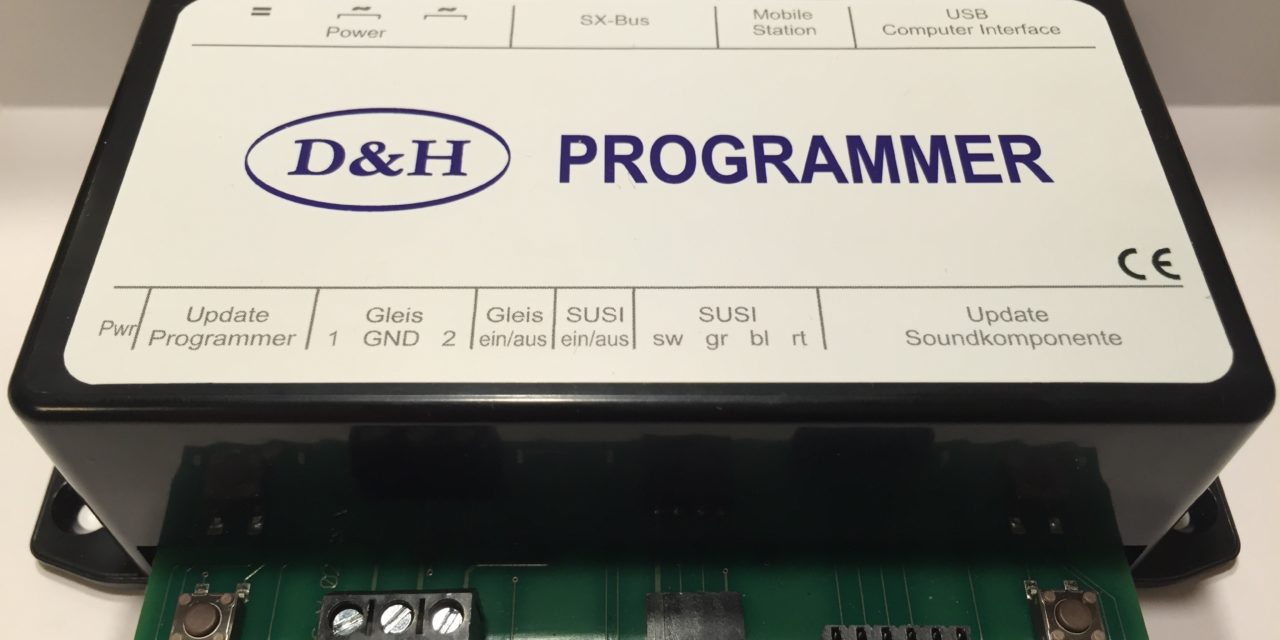
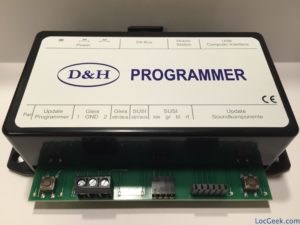
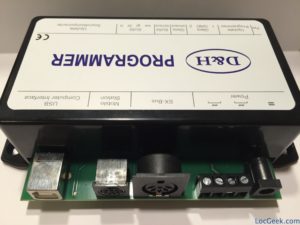
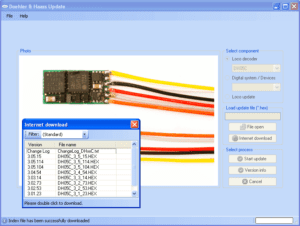
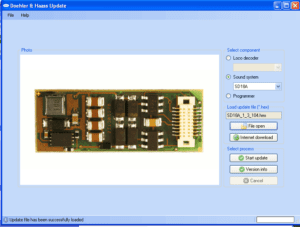
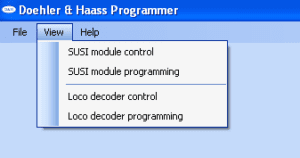

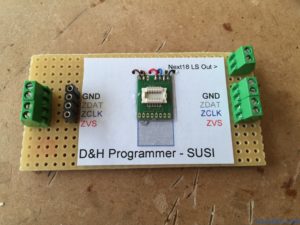
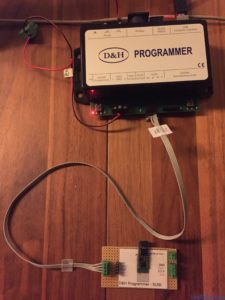
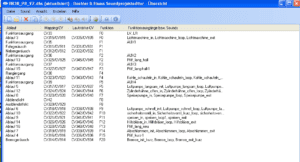
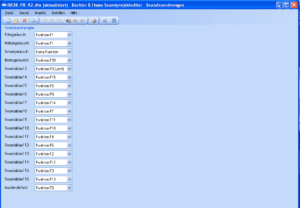
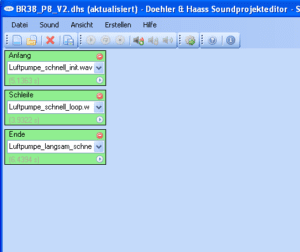
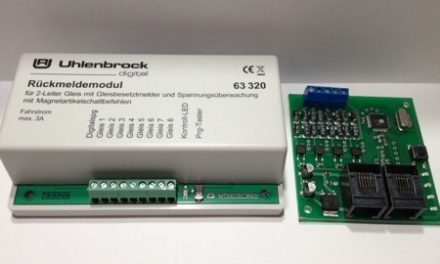
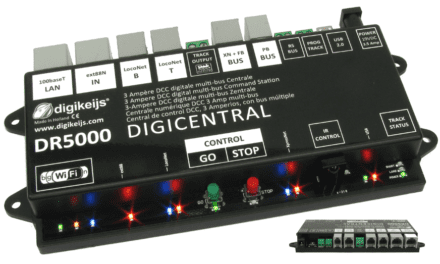
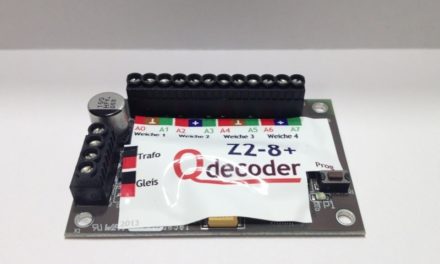
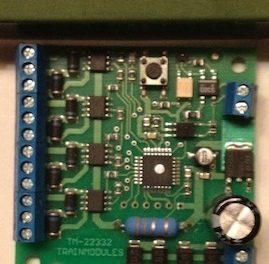
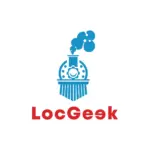

Thank you for your extensive review. It’s great to hear and see more about the eco system of a real sound decoder alternative that many, especially in Germany, are using. The price difference for sound decoders is considerable! Do they match up in slow (<1mm/sec) and smooth driving with ESU and Zimo?
With programming units like this, I do technically really prefer Zimo's approach with just needing software (the programming module still being option, or their systems) – I saw youtubes with people loading up new sounds while they're on the track – that's impressive. Have yet to give it a go with the Z21 and see how the updating goes.
Thanks for the comment Edo!
I don’t consider myself an expert on motor settings. In my limited experience in N scale, D&H works just as well as ESU (if not slightly better). BUT they have less advanced settings. This might be a problem for some specific motors.
As for the sound, in my experience, the update experience is not the most important (it doesn’t happen offen). What matters is the availability of sound projects in the first place. And in that respect, one must admit: D&H is still way behind ESU and Zimo.